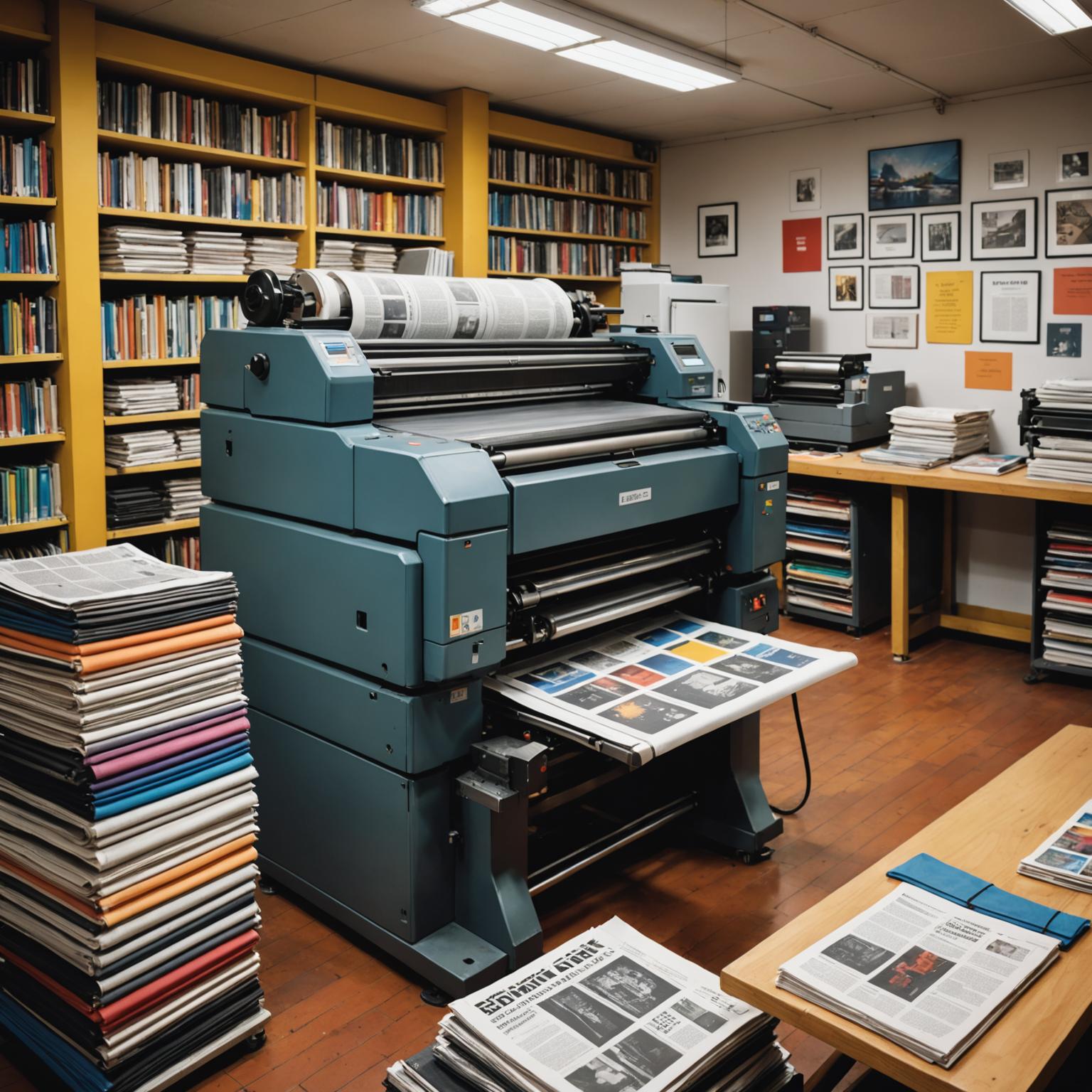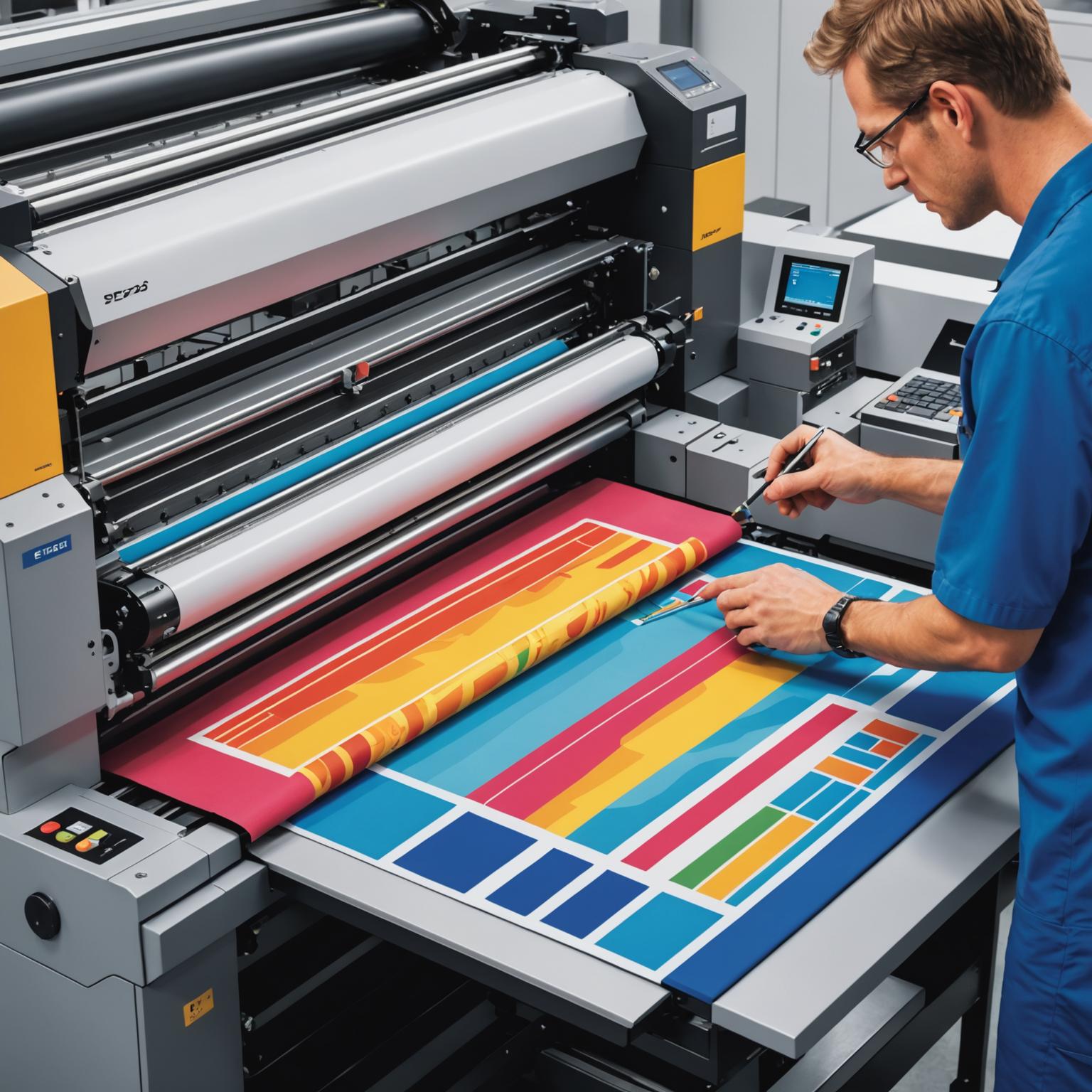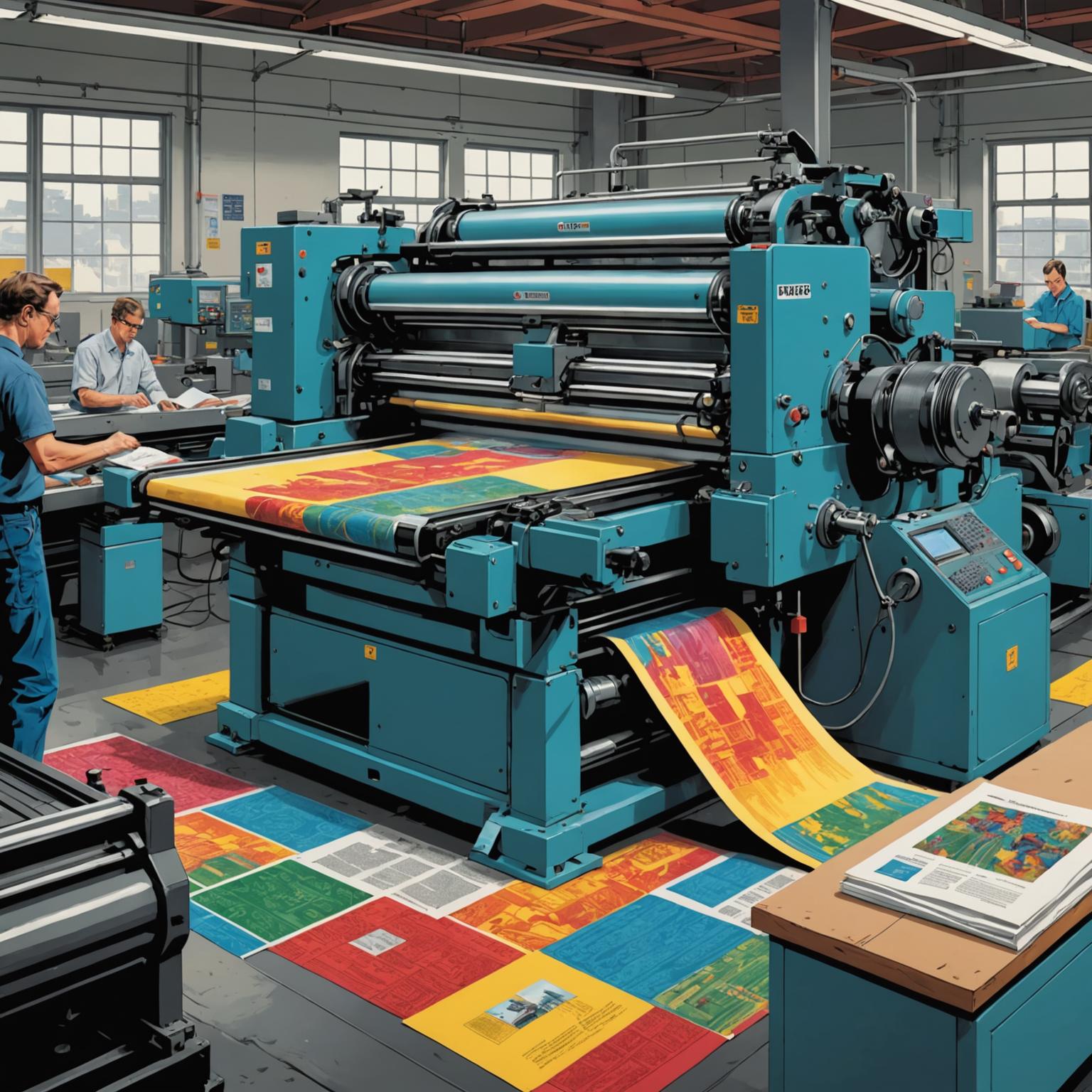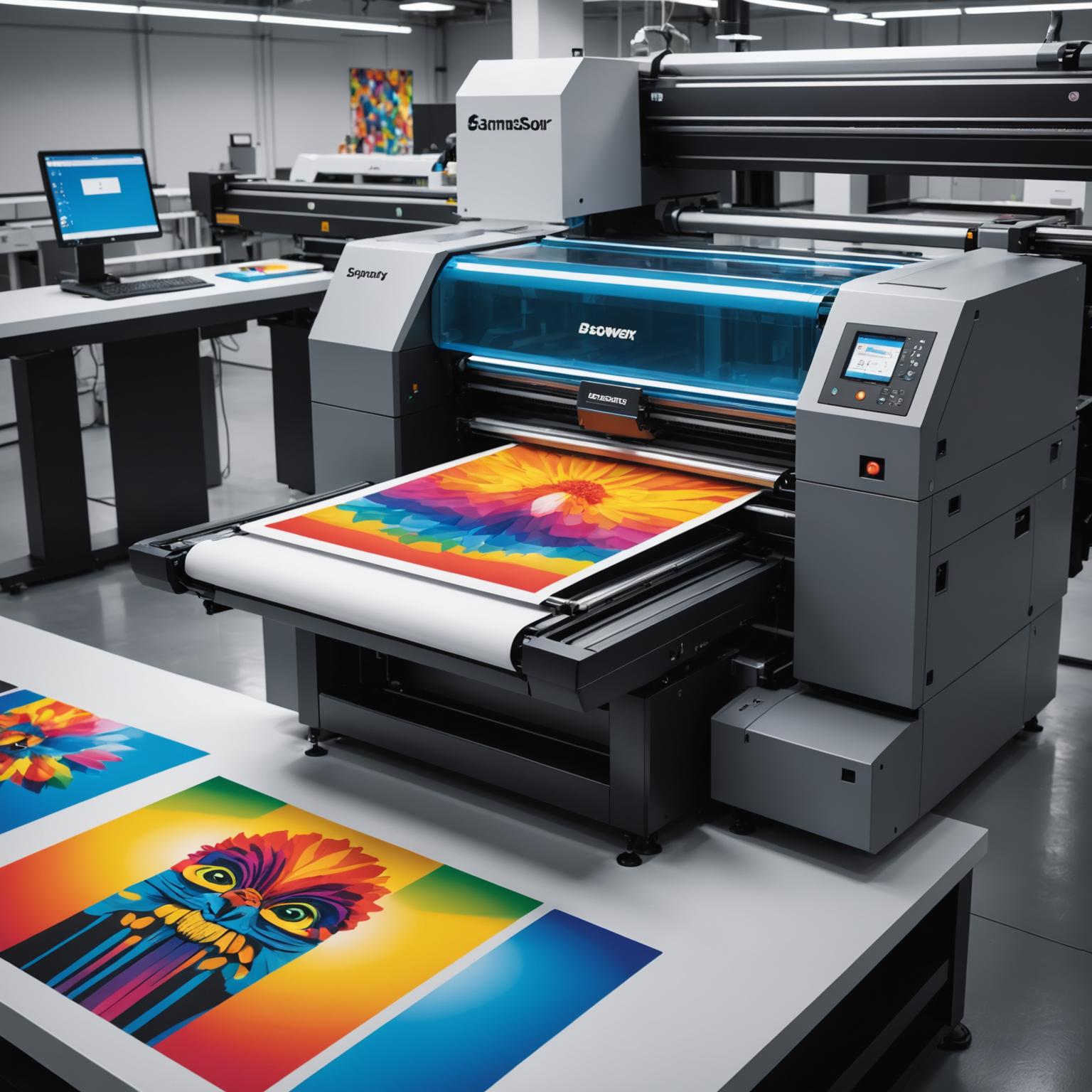The Foundation of Quality Printing
At the very core of the vibrant and detailed world of packaging and label printing lie the essential components known as flexographic printing plates. These remarkable plates, crafted from flexible photopolymer materials, are the medium that transfers intricate designs and bold colors onto a vast array of substrates, from paper and film to corrugated cardboard. Their quality, durability, and precision directly dictate the final output, making a deep understanding of their characteristics and management a crucial skill for any printing operation seeking to deliver superior results and maintain a competitive edge.
Understanding the Analog Flexo Plate Lifecycle
The journey of a plate, often referred to as the analog flexo plate lifecycle, is a meticulous process that begins long before it ever touches a printing press. It starts with a raw, light-sensitive photopolymer sheet. This sheet is exposed to UV light through a film negative, which hardens the image areas. The unexposed, non-image areas remain soft and are subsequently washed away in a processing unit, typically with a solvent or water solution. This washout step creates the raised relief image that will carry the ink. Following the washout, the plate must be thoroughly dried and then subjected to a final UV exposure for post-curing and detacking, which ensures its durability and proper surface tension. This carefully managed lifecycle, from creation to press and beyond, is fundamental to achieving consistent print quality over numerous runs.
Implementing Flexo Plate Improvement Strategies
To elevate print quality from good to exceptional, businesses must actively pursue flexo plate improvement strategies. This begins with plate material selection; choosing the correct durometer (hardness) and polymer type for the specific ink system and substrate is paramount. Optimization extends into the platemaking process itself, where fine-tuning main and back exposure times can control dot gain and establish a solid plate floor. Proper washout and drying parameters are equally critical to prevent plate swelling or incomplete relief formation. Furthermore, adopting advanced pre-press techniques, such as high-definition screening, can significantly enhance the detail and tonal range achievable even with conventional flexographic printing plates, pushing the boundaries of what the process can accomplish.
Maximizing Performance and Longevity
Extending the usable life of a plate is a direct result of combining robust production methods with diligent care. A key aspect of the analog flexo plate lifecycle involves post-press handling. Proper cleaning after a print run, using manufacturer-recommended solvents and soft-bristled brushes, is essential to remove all ink residue without abrading the delicate relief surface. Correct storage is another critical factor; plates should be stored flat or on specially designed racks, away from direct light and ozone-producing equipment, to prevent cracking and distortion. These disciplined maintenance procedures are not just chores but are vital flexo plate improvement strategies in their own right, safeguarding the initial investment and ensuring the plate is ready to perform flawlessly on subsequent jobs.







